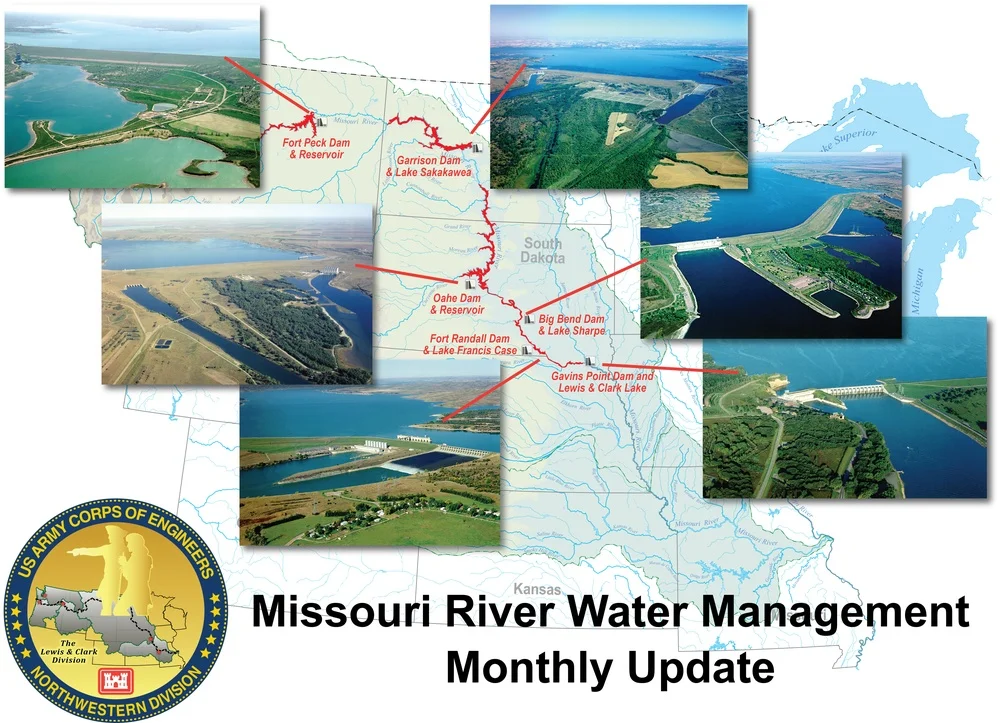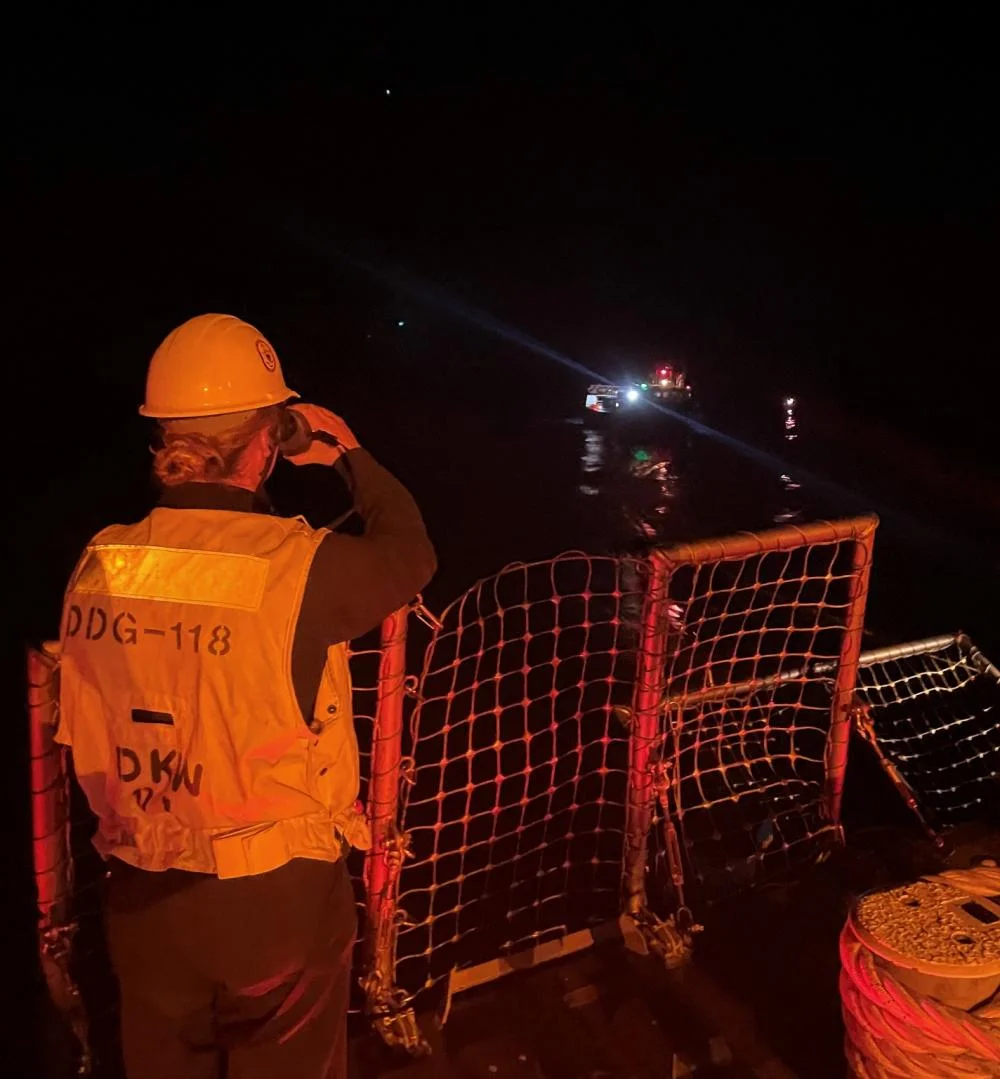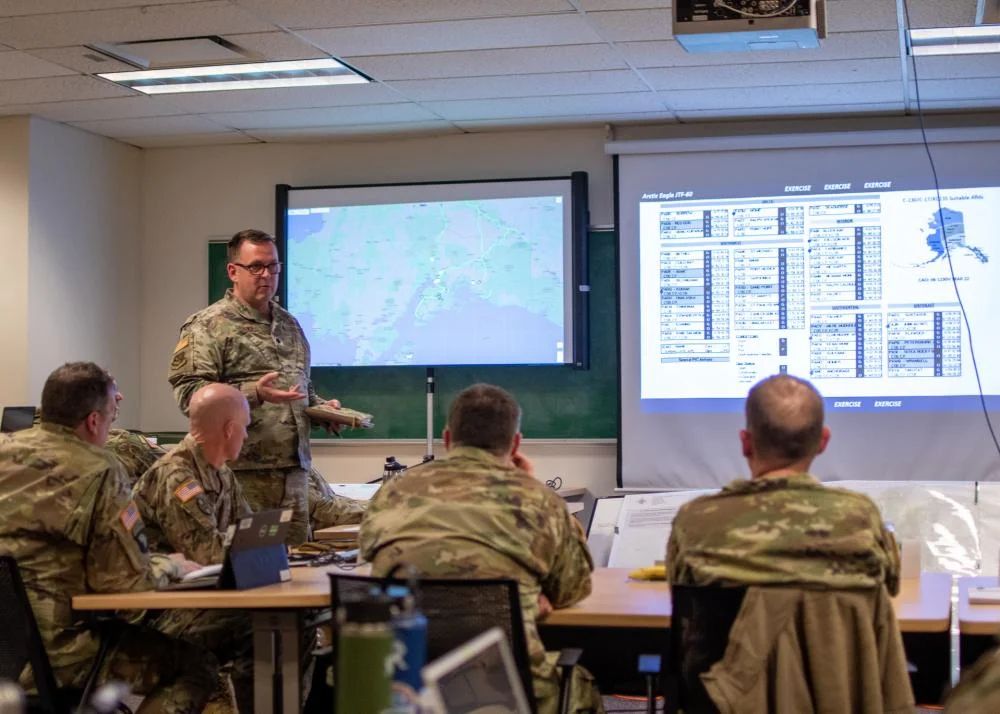DVIDS – News – Drought conditions persist throughout the Missouri River Basin
Dry conditions in April resulted in well-below average runoff in the upper Missouri River Basin. April runoff was 1.5 million acre-feet, which is 51% of average. The updated 2022 upper Basin runoff forecast is 17.8 MAF, 69% of average, which, if realized, would rank as the 23rd lowest calendar year runoff volume.
“Despite recent snow and rainfall events, 84% of the upper Basin continues to experience abnormally dry conditions. Current drought conditions, dry soils, and below-normal mountain snowpack, resulted in the below-average 2022 calendar year runoff forecast,” said John Remus, chief of the U.S. Army Corps of Engineers’, Missouri River Basin Water Management Division.
The NOAA Climate Prediction Center indicates increased chances for cooler and wetter-than-normal conditions for most of the Basin for the month of May, potentially providing much needed moisture to the area. However, long range forecasts for the months of June, July, and August indicate warmer and drier-than-normal conditions.
System storage is currently 48.3 MAF, 7.8 MAF below the base of the Annual Flood Control and Multiple Use Zone. System storage is expected to remain in the Carryover Multiple Use Zone during 2022.
Mountain Snowpack:
The mountain snowpack appeared to have peaked in late April, but recent storms and cooler temperatures have resulted in additional snowpack accumulation. Snow over the weekend increased the snow water equivalent in both reaches, with the May 1 snowpack in the reach above Fort Peck and in the Fort Peck to Garrison reach at 86% and 94% of their normal peaks respectively. The late season mountain snowpack has slightly increased runoff projections for May, June, and July in the Fort Peck and Garrison reaches. The mountain snowpack graphics can be viewed at: http://go.usa.gov/xARQC.
Navigation:
Gavins Point Dam releases will provide minimum-service navigation flow support at all four target locations (Sioux City, Omaha, Nebraska City, and Kansas City) through July 1. Flow targets may be missed to conserve water if there is no commercial navigation in a given reach. Minimum-service flow targets range from 25,000 cfs at Sioux City, Iowa to 35,000 cfs at Kansas City. Flow support for the second half of the navigation season, as well as the navigation season length, will be based on the actual System storage on July 1. The current forecast indicates that minimum service flow support will be required throughout the navigation season and flow support may be shortened by about 2 weeks.
Monthly Water Management Conference Calls
Water management calls include an update from the National Weather Service’s Missouri Basin River Forecast Center, and an update on the Missouri River mainstem reservoir system operations. The next call for 2022 will be held Thursday, May 5. All calls are recorded in their entirety and are available to the public on our website at https://go.usa.gov/xARQv.
Spring Public Meeting:
The spring public meetings were held throughout the basin during the week of April 11-15. The purpose of these meetings was to update the region on current hydrologic conditions and the planned operation of the mainstem reservoir system during the coming months. Links for a recording of the public meeting and meeting slides can be found here: https://www.nwd.usace.army.mil/MRWM/Public-Meetings/.
Reservoir Forecasts:
Gavins Point Dam
Average releases past month – 24,200 cfs
Current release rate – 22,000 cfs
Forecast release rate – 22,500 cfs
End-of-April reservoir level – 1206.8 feet
Forecast end-of-May reservoir level – 1206.0 feet
Notes: The Gavins Point release will be adjusted to provide minimum-service navigation flow support on the lower Missouri River.
Fort Randall Dam
Average releases past month – 21,800 cfs
End-of-April reservoir level – 1355.8 feet
Forecast end-of-May reservoir level – 1355.0 feet
Notes: Releases will be adjusted as necessary to maintain the desired reservoir elevation at Gavins Point and to back up Gavins Point releases.
Big Bend Dam
Average releases past month – 24,800 cfs
Forecast average release rate – 17,800 cfs
Forecast reservoir level – 1420.8 feet
Oahe Dam
Average releases past month – 25,200 cfs
Forecast average release rate – 17,500 cfs
End-of-April reservoir level – 1595.0 feet
Forecast end-of-May reservoir level – 1596.0 feet
Garrison Dam
Average releases past month – 14,500 cfs
Current release rate – 14,500 cfs
Forecast release rate – 19,000 cfs
End-of-April reservoir level –1828.1 feet
Forecast end-of-May reservoir level – 1828.4 feet
Notes – Releases will be increased to 19,000 cfs in mid-May.
Fort Peck Dam
Average releases past month – 5,700 cfs
Current release rate – 6,000 cfs
Forecast average release rate – 8,500 cfs
End-of-April reservoir level – 2222.6 feet
Forecast end-of-May reservoir level – 2222.1 feet
Notes: Releases will be increased to 8,500 cfs in mid-May.
The forecast reservoir releases and elevations discussed above are not definitive. Additional precipitation, lack of precipitation or other circumstances could cause adjustments to the reservoir release rates.
Hydropower:
The six mainstem power plants generated 662 million kWh of electricity in April. Typical energy generation for April is 700 million kWh. The power plants are expected to generate 7.3 billion kWh this year, compared to the long-term average of 9.4 billion kWh.
To view the detailed three-week release forecast for the mainstem dams, go to https://go.usa.gov/xARQB.
The Missouri Basin Web App provides links to these reports and others that are updated more frequently. http://go.usa.gov/xE6fC
| Date Taken: | 05.05.2022 |
| Date Posted: | 05.05.2022 09:53 |
| Story ID: | 420022 |
| Location: | OMAHA, NE, US |
| Web Views: | 121 |
| Downloads: | 0 |
PUBLIC DOMAIN
This work, Drought conditions persist throughout the Missouri River Basin, by Eileen Williamson, identified by DVIDS, must comply with the restrictions shown on https://www.dvidshub.net/about/copyright.










